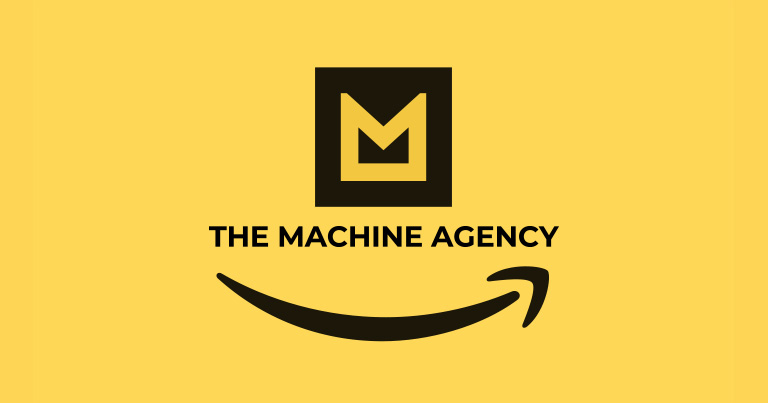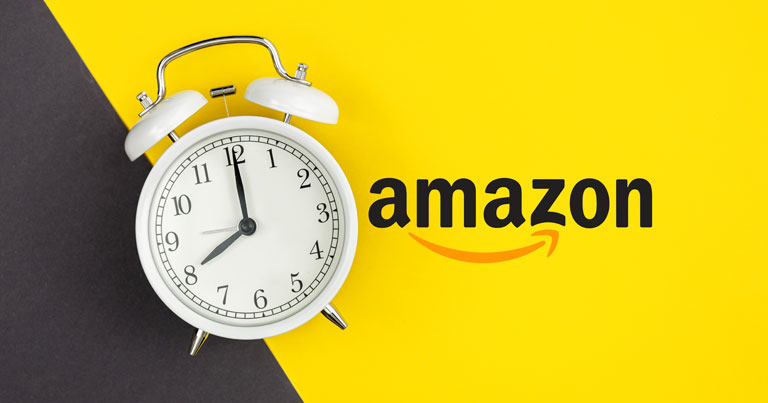Amazon Introduces Low Inventory Level Fee to Encourage Stock Consistency
Understanding the Low Inventory Level Fee
Amazon’s Low Inventory Level Fee is designed to incentivize sellers to keep a consistent stock of their products. The fee will be applied to standard-sized items which, over time, have consistently shown inventory levels that fall short of meeting buyer demand. Specifically, this fee targets items with both long-term (past 90 days) and short-term (past 30 days) historical days of availability of fewer than 28 days.
The “Historical Days of Availability” is a metric calculated by Amazon, taking into account the average daily number of items in stock. This figure is derived from the sellable inventory, volume of items delivered from warehouses, and reserved inventory, excluding unsellable items. Essentially, it’s a measure that helps Amazon gauge whether sellers are keeping up with the demand for their products.
Exemptions and Considerations
Notably, Amazon has outlined specific conditions under which sellers can be exempt from the Low Inventory Level Fee. These exemptions aim to support sellers in various stages of their journey on the Amazon platform, including:
• New Professional sellers, who will be exempt for the first 365 days following their initial inventory receipt.
• New-to-FBA (Fulfillment by Amazon) parent products, exempt for the first 180 days post their first inventory-received date, provided the sellers are enrolled in the FBA New Selection program.
• Products automatically replenished by Amazon Warehousing & Distribution (AWD), recognizing the role of automated systems in maintaining optimal inventory levels.
Strategic Implications for Sellers
This policy update from Amazon has significant implications for sellers on the platform. It underscores the importance of inventory management as a critical aspect of e-commerce success. Sellers must now pay closer attention to their inventory trends over the past three months and the preceding month. By doing so, they can avoid the pitfalls of low inventory or stockouts, which would not only lead to the Low Inventory Level Fee but could also potentially harm sales and customer satisfaction.
Moreover, this move by Amazon highlights the increasing importance of sophisticated inventory planning and forecasting tools. Sellers are encouraged to leverage available technologies and Amazon’s own resources to better predict demand and plan their inventory accordingly.
In conclusion, Amazon’s Low Inventory Level Fee is a strategic initiative aimed at ensuring that its marketplace remains reliable and well-stocked, thereby enhancing the overall customer experience. Sellers, for their part, must adapt to these changes, focusing on improving their inventory management practices to avoid additional fees and meet the evolving expectations of Amazon and its customers.
The Impact on Vendor Central Sellers
The introduction of Amazon’s Low Inventory Level Fee is not just a consideration for third-party sellers; it also holds significant implications for Vendor Central sellers. Those who sell directly to Amazon, acting as suppliers to the e-commerce giant, must also be vigilant in maintaining adequate inventory levels to meet Amazon’s purchasing demands. For Vendor Central sellers, this new fee underscores the importance of forecasting, production planning, and timely logistics to ensure that Amazon’s orders can be fulfilled without delay. Failure to do so could result in financial penalties, strain the relationship with Amazon, and ultimately impact the visibility and sales of their products. This policy change serves as a reminder to all vendors of the critical role inventory management plays in sustaining a successful partnership with Amazon, urging them to adopt more strategic and efficient inventory practices.
Need Assistance with Your Amazon Inventory Management?
Navigating the complexities of Amazon’s new Low Inventory Level Fee and its implications for inventory management can be challenging for many sellers. Staying ahead in the ever-evolving e-commerce landscape requires a deep understanding of Amazon’s policies, strategic inventory planning, and the ability to adapt quickly to changes.
If you find yourself struggling to maintain optimal inventory levels or are seeking ways to avoid the new fees while maximizing sales and customer satisfaction, The Machine Agency is here to help. Our team of experts specializes in Amazon sales strategies, inventory management, and compliance with Amazon’s policies. We offer tailored solutions to ensure your business not only meets Amazon’s requirements but thrives on the platform.
Whether you’re a new seller on Amazon looking to navigate the early days of your business or an experienced merchant facing challenges with the new inventory fee, The Machine Agency can provide the guidance and support you need. Our services include inventory forecasting, strategic planning, compliance advice, and much more. Let us help you optimize your Amazon operations, avoid unnecessary fees, and drive your business towards greater success.
Contact The Machine Agency today at info@themachineagency.com, and let’s work together to make your Amazon selling experience smooth, profitable, and compliant with the latest policies. Our team is ready to assist you in taking your Amazon business to the next level.





